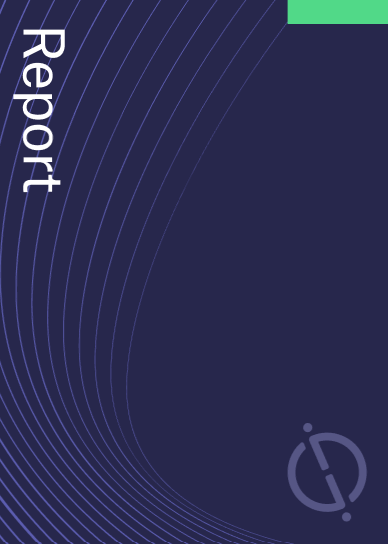Amicus Therapeutics has been granted a patent for a composition of recombinant human alpha glucosidase (rhGAA) derived from CHO cells. The composition contains optimized glycan composition with a higher amount of rhGAA containing mannose-6-phosphate (M6P) or bis-M6P, along with low amounts of non-phosphorylated high mannose glycans and terminal galactose. The patent also includes a method for administering the composition to metabolize, degrade, remove, or decrease glycogen in various tissues and cells. GlobalData’s report on Amicus Therapeutics gives a 360-degree view of the company including its patenting strategy. Buy the report here.
According to GlobalData’s company profile on Amicus Therapeutics, Human telomerase RT biomarker was a key innovation area identified from patents. Amicus Therapeutics's grant share as of September 2023 was 40%. Grant share is based on the ratio of number of grants to total number of patents.
Patent granted for a method of metabolizing glycogen in cells
A recently granted patent (Publication Number: US11753632B2) describes a method for metabolizing, degrading, removing, or decreasing glycogen in various tissues and cells of a subject. The method involves administering a composition containing recombinant human acid alpha-glucosidase (rhGAA) produced from Chinese hamster ovary (CHO) cells. The rhGAA in the composition has specific characteristics, including 40%-60% complex type N-glycans and 3.0-6.0 mol mannose-6-phosphate (M6P) per mol rhGAA.
The patent claims specify various aspects of the method. Claim 1 states the general method, while subsequent claims provide additional details and variations. Claim 2, for example, specifies that about 45%-55% of the N-glycans on the rhGAA are complex type N-glycans. Claim 4 states that the rhGAA comprises at least one mol bis-phosphorylated N-glycan per mol of rhGAA. Claim 5 describes the addition of sialic acid to the rhGAA, with options for different amounts. Claim 6 introduces the possibility of administering a pharmacological chaperone along with the composition. Claim 8 specifies that the method can target glycogen in cardiac muscle, smooth muscle, or striated muscle.
The patent also covers specific muscles that can be targeted, as listed in claim 9. Claim 10 states that the rhGAA should have an amino acid sequence that is at least 90% identical to a provided sequence. Claims 11-13 further specify the desired amount of M6P residues in the rhGAA. The composition can include pharmaceutically acceptable carriers or excipients, as mentioned in claims 14-17. Finally, claim 19 describes the option of the composition being in the form of a lyophilized powder.
Overall, this patent provides a method for effectively metabolizing glycogen in various tissues and cells using a specific composition of rhGAA. The patent covers various aspects of the method, including the characteristics of the rhGAA, the addition of a pharmacological chaperone, and the inclusion of specific carriers or excipients. The patent's claims provide detailed variations and options for implementing the method, making it a valuable asset in the field of glycogen metabolism research and potential therapeutic applications.
To know more about GlobalData’s detailed insights on Amicus Therapeutics, buy the report here.
Data Insights
From

The gold standard of business intelligence.
Blending expert knowledge with cutting-edge technology, GlobalData’s unrivalled proprietary data will enable you to decode what’s happening in your market. You can make better informed decisions and gain a future-proof advantage over your competitors.



